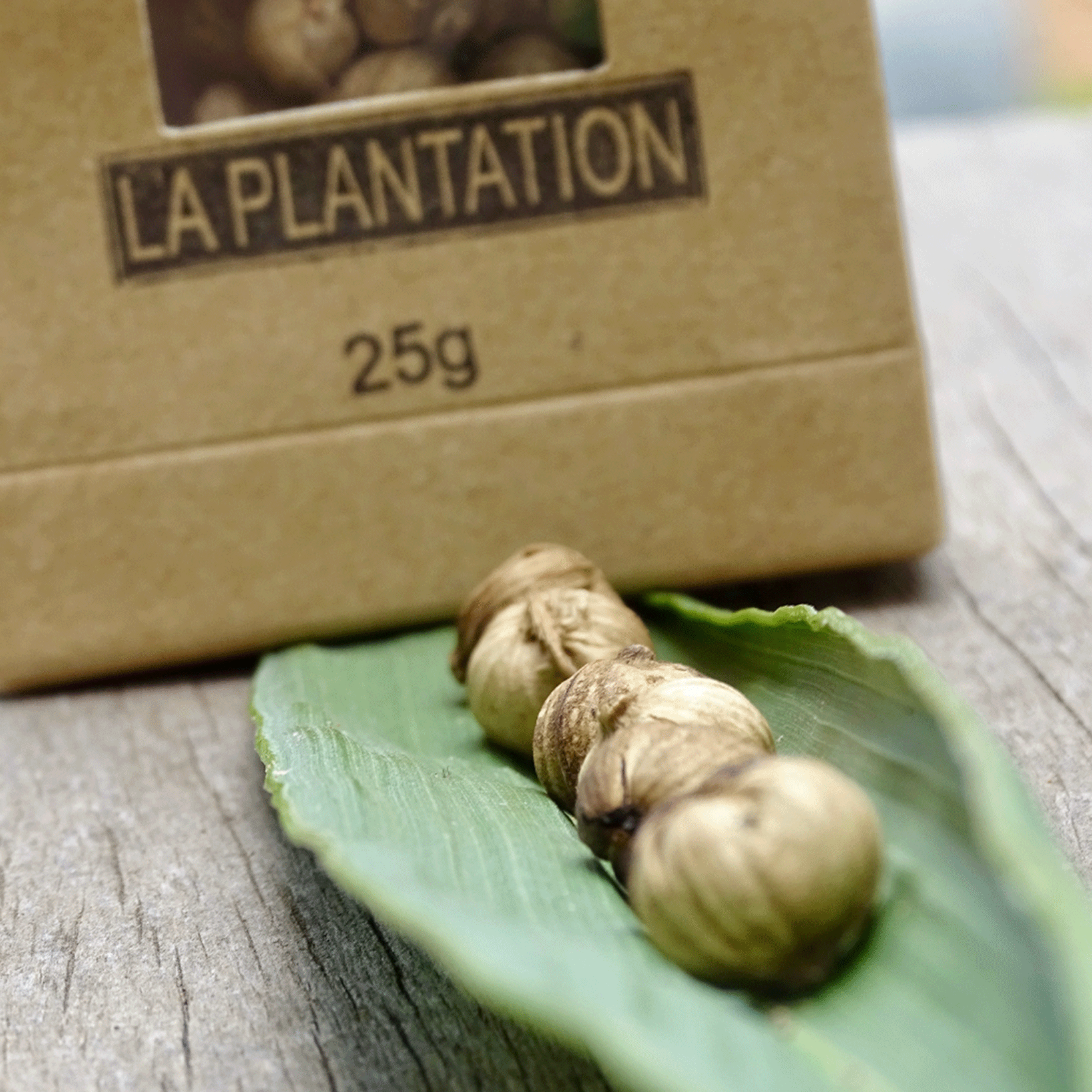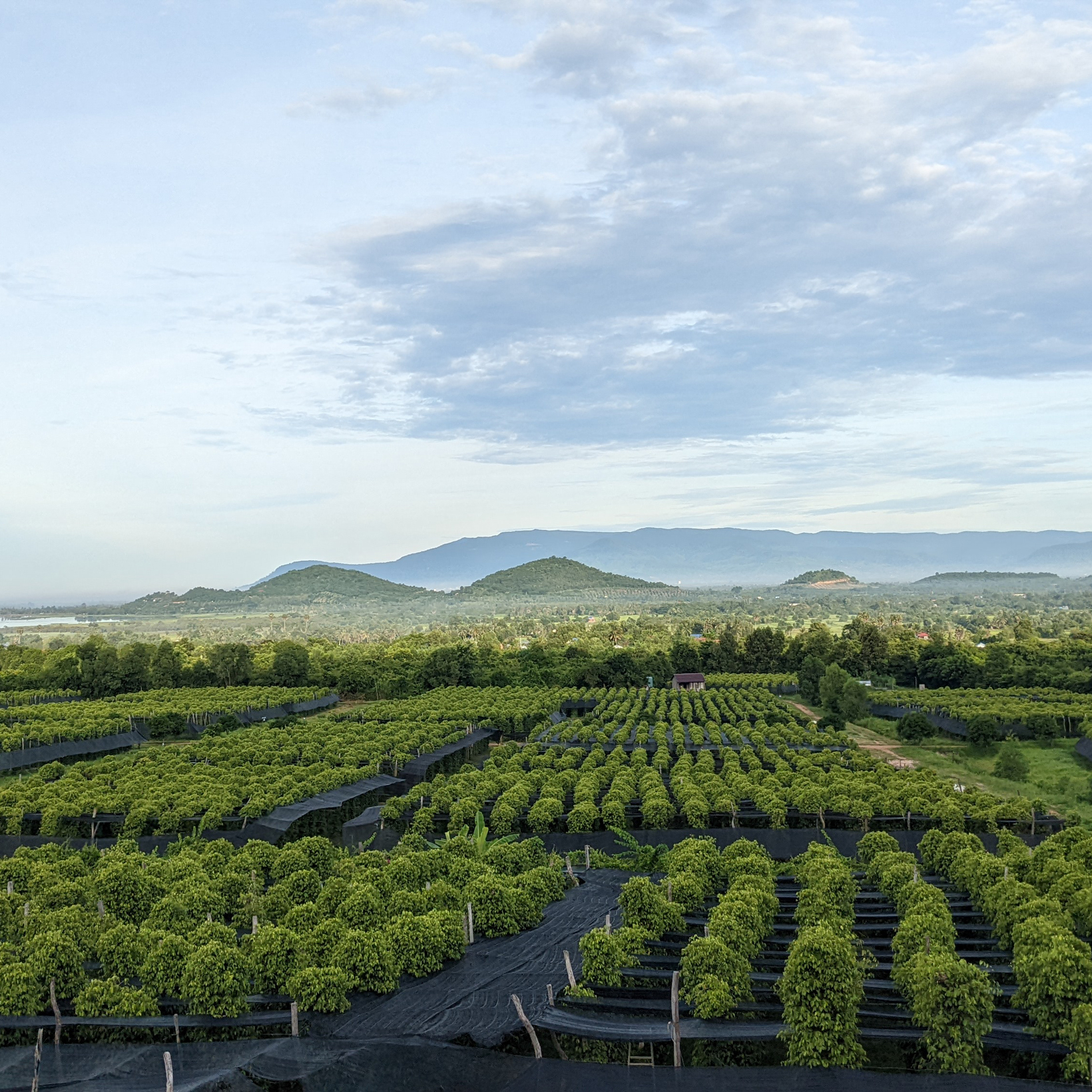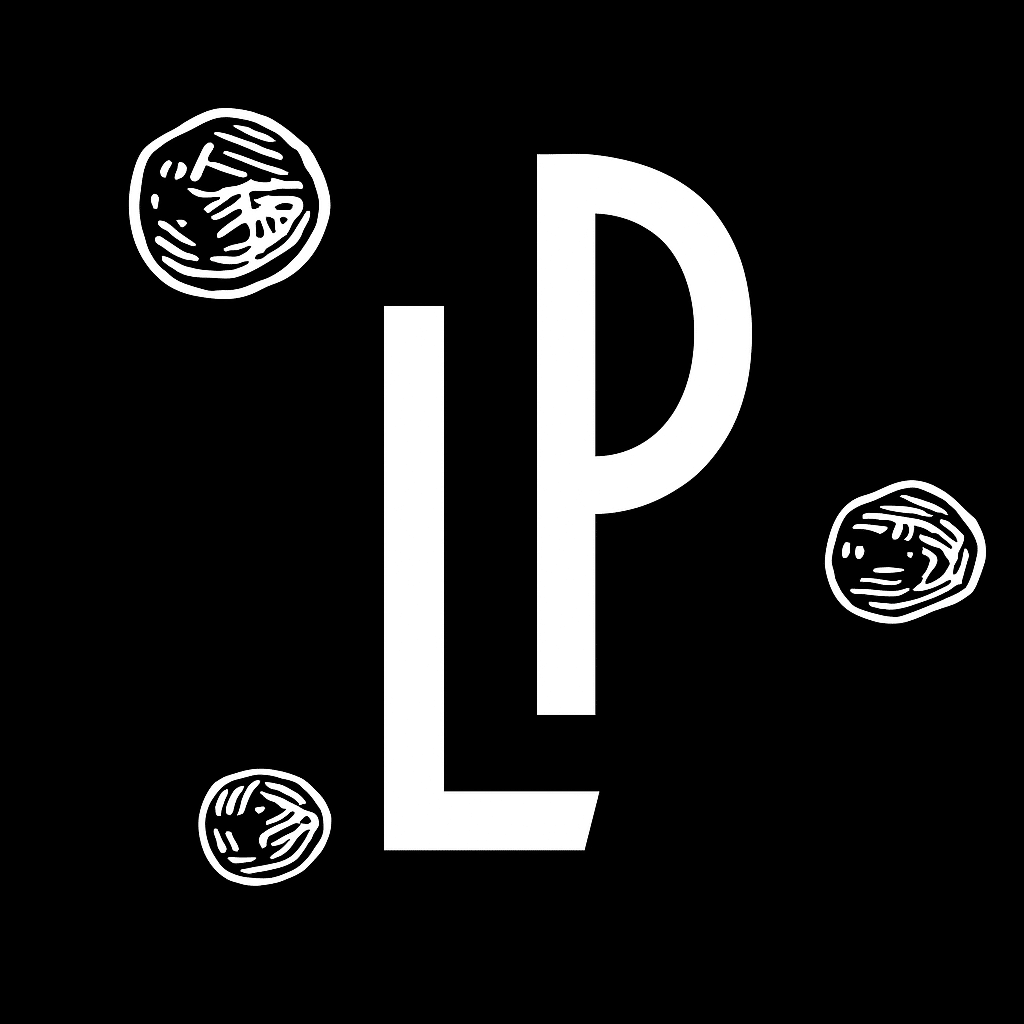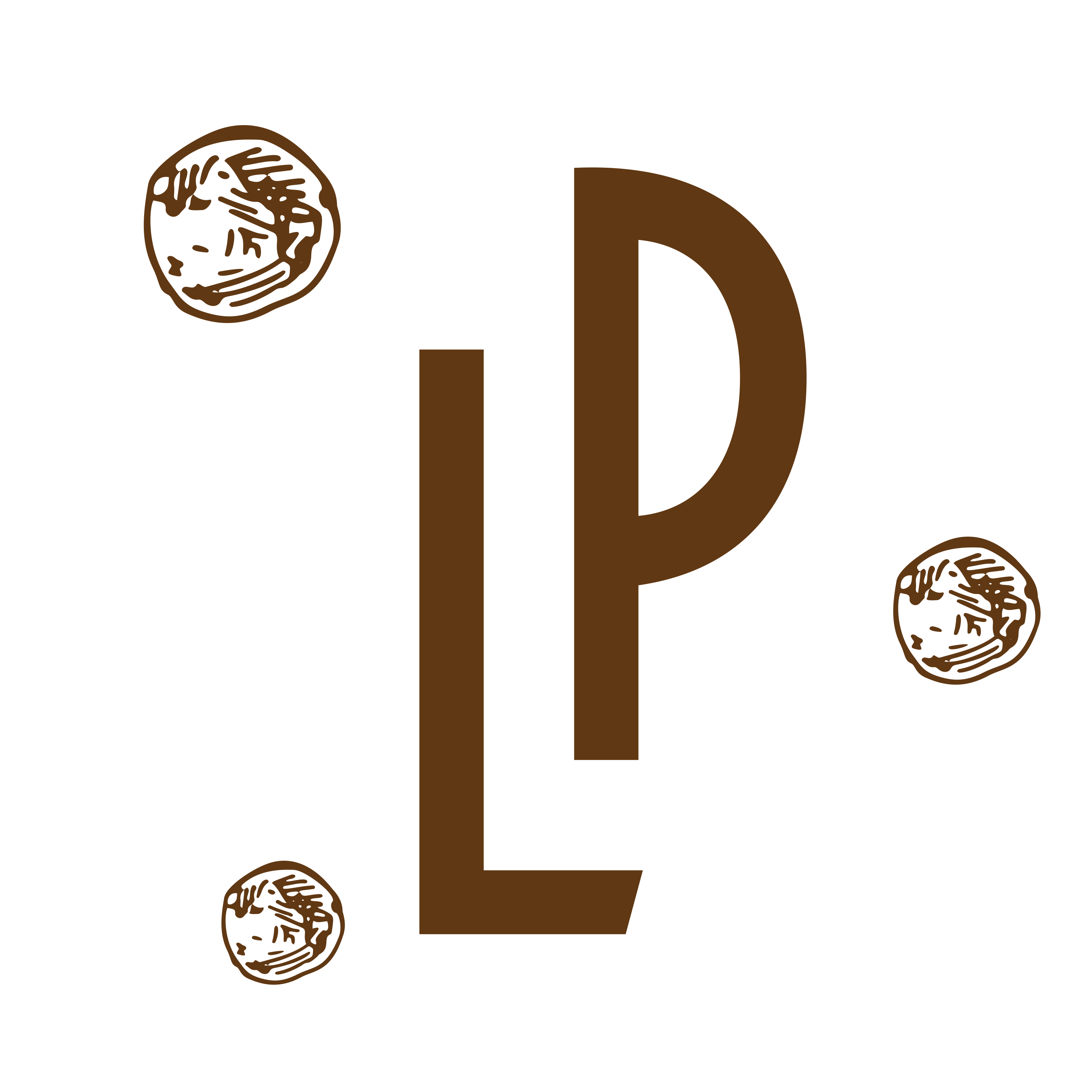
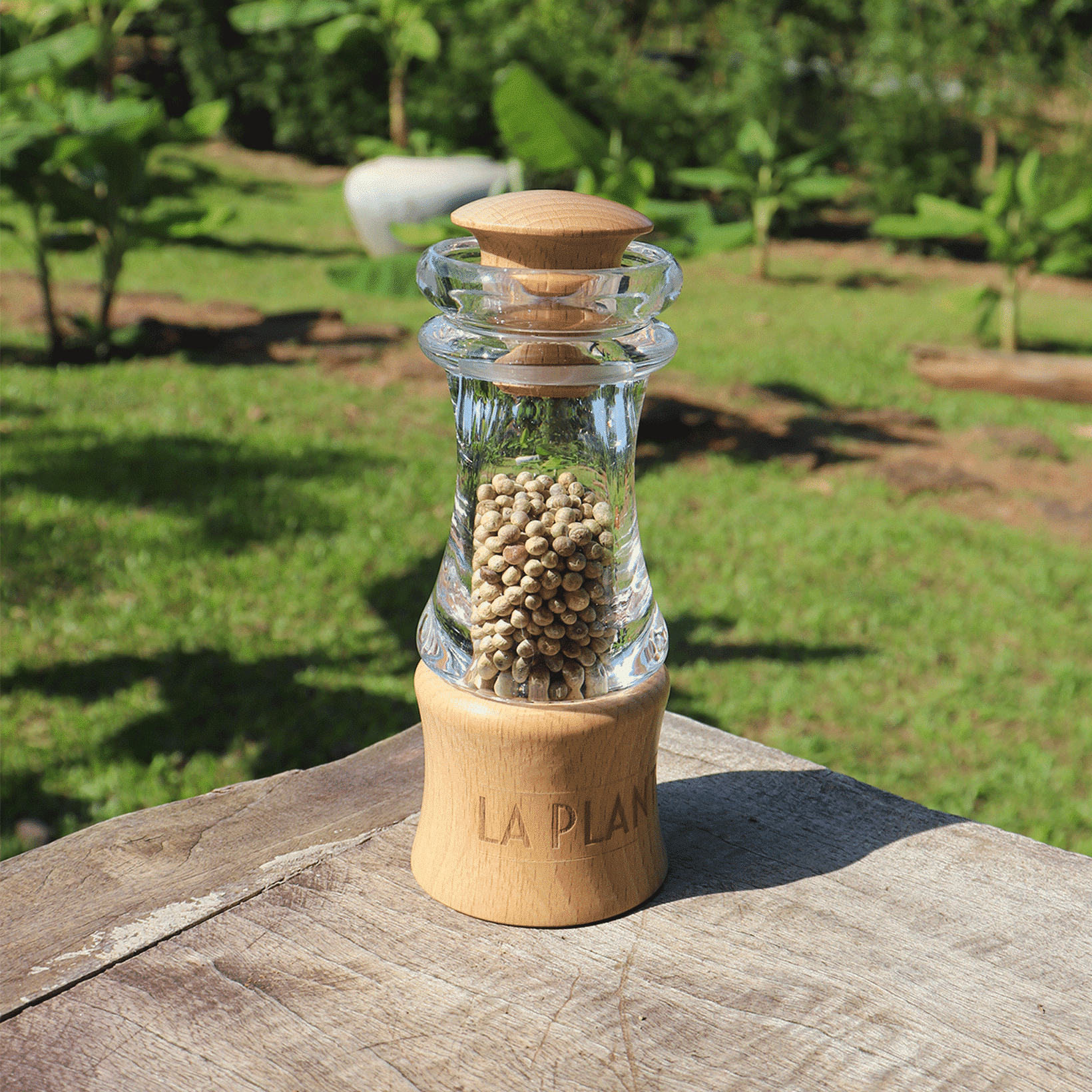
We tell you all about the use of a spice mill
Why should you grind your pepper?
If there is one important information to remember from this article, it is to always buy your pepper in grains. Indeed, the aromas of Kampot Pepper are revealed at the time of grinding. We therefore advise you to put your Kampot Pepper mill(s) at the disposal of your guests, who will be able to choose their pepper according to their tastes and desires and turn the mill a few times on their plate. If you ever find jars of ground pepper in your cupboards, do us the pleasure of throwing them away… It is anything but pepper! The proof is that it is worthless, neither economically nor in terms of taste! In restaurants, likewise, do not use ground pepper from pepper mills, but ask for the pepper mill.
With exceptional peppers such as Kampot Pepper, recognised by chefs and gourmets as the best pepper in the world, it is necessary to treat it with care.
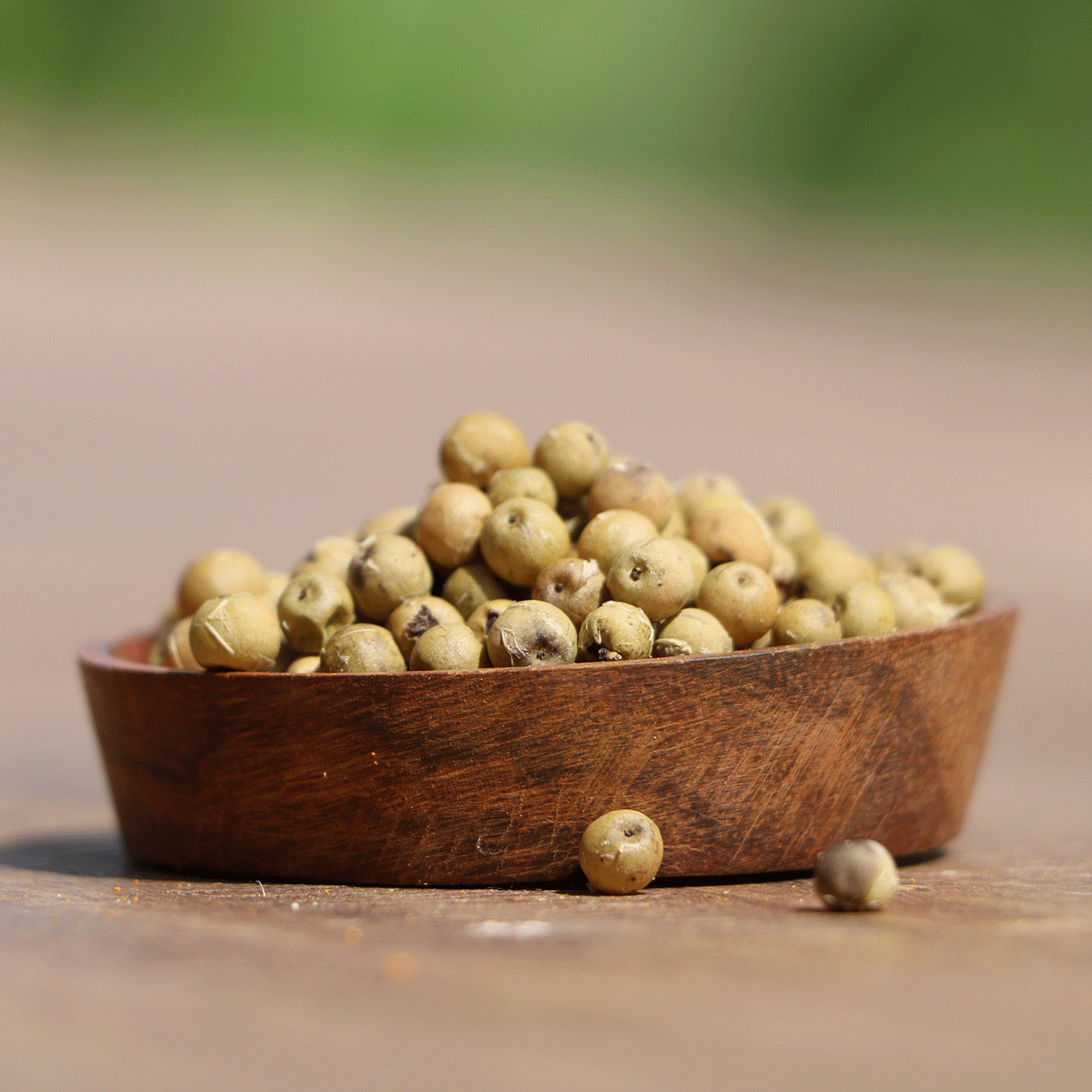
How does a mill work?
A pepper mill is designed with the same functionality as a coffee grinder. A vertical container holds the peppercorns, which gradually descend into a larger space or grinding bowl and enter the grinding mechanism, which consists of two interlocking screws that crush the peppercorns and expel them ground outside the mill. Some traditional mills also have a drawer that allows the freshly ground pepper to be collected in this way.
The mechanisms can be made of steel, stainless steel or ceramic. The advantage of ceramic is its resistance to climatic conditions (salty environments) and its ability to grind both salt (wet) and pepper, which is the mechanism we have chosen for our La Plantation mill.
Which mill do you offer?
Our spice mill is a high quality product, made in Europe. The wooden part of the mill is made of natural beech wood(with FSC certification). Our mill has a high quality ceramic mechanism from Denmark (with a 25 year guarantee) suitable for all kinds of peppers and also for salt, hard spices and herbs.
A screw at the bottom of the grinder helps you select the grind size of the grain, depending on your taste and recipe!
The container is made of acrylic, which allows you to see the quality and colour of the Kampot Pepper or any other spice of your choice.
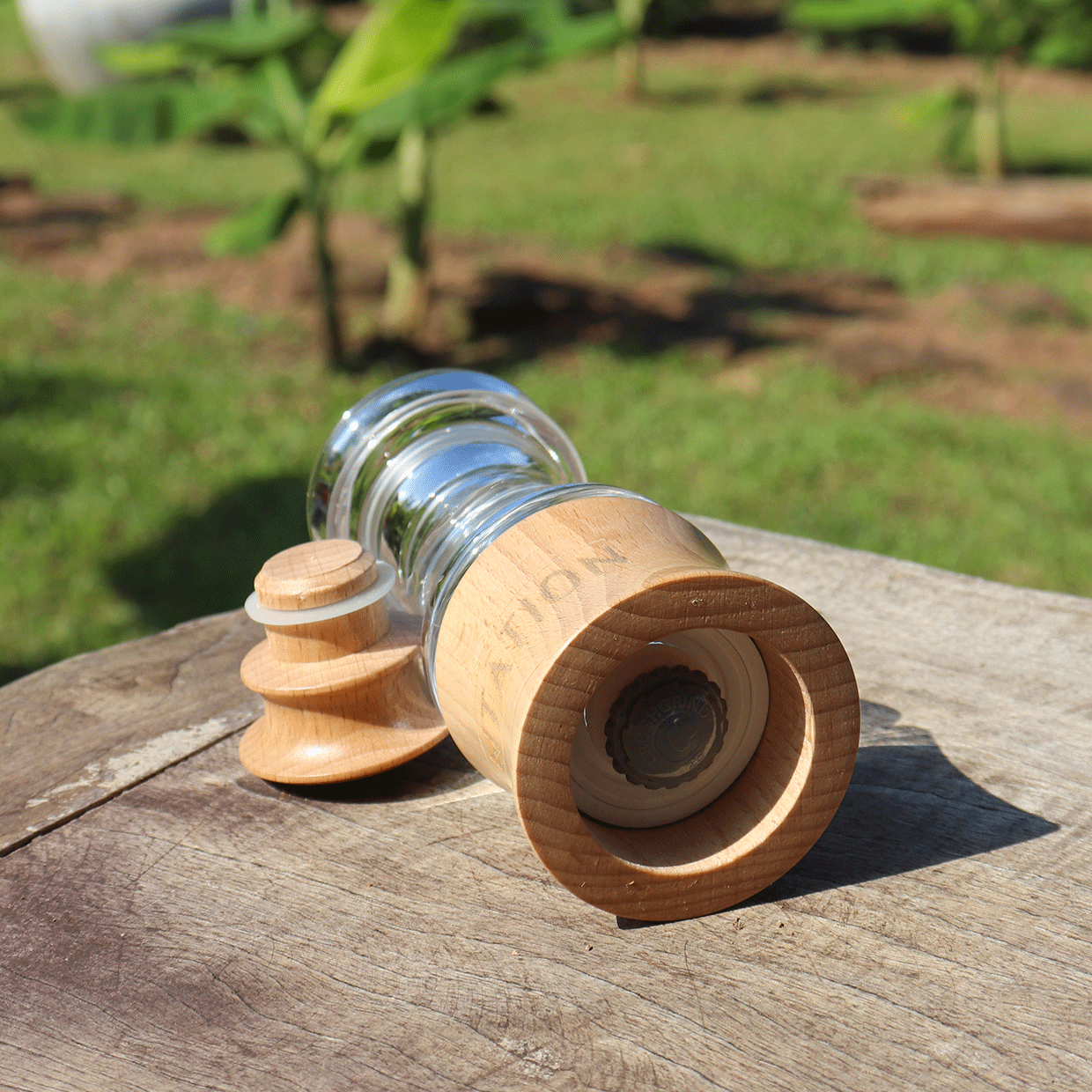
Which mill for which spice?
– For Kampot Pepper: We recommend a mill for each colour of Kampot Pepper (in fact, for vintage peppers, as for wine, it is better not to mix them). What could be more beautiful on a table than to have the 4 Kampot Peppers(Green, Black, Red and White) and thus leave the choice to your guests to season their dishes. We particularly appreciate the grinders that allow you to adjust the grind, because for certain dishes, it is preferable and delicious to use the Black Kampot Pepper in a coarse grind or mignonette, such as on cheese or meat. For other dishes, such as mashed potatoes, you would choose to grind the White Kampot Pepper finely. After that, everyone can choose the size of the grind!
– For Red Long Pepper: If you want to use a mill for Red Long Pepper, we recommend that you cut the pepper into small 1.5 cm pieces beforehand so that they can easily pass through the mechanism. You can also use the nutmeg grater to grate your Long Pepper.
– For the Cardamom seeds: Freshly ground wild or forest cardamom on a salad of oranges, grapefruits or in a whipped cream… A real treat.
How to take good care of your grinder?
We recommend that you choose a good mill with a recognised mechanism, whether it is made of steel, stainless steel or ceramic. It is therefore an expensive utensil that you should take good care of.
How to store your grinder?
As for the spices it will contain, we advise you to keep your mill(s) in a place protected from humidity. And especially to avoid grinding your pepper with your mill above the boiling pan. Moisture will automatically enter the grinder and this may affect the quality of your pepper.
If you want to add pepper to your cooking dish, grind the pepper in a small container and pour it into your dish. And always keep a reserve to grind your Kampot Pepper on your dish or plate before eating.
How to clean your spice grinder? How often?
If your mill is made of wood with a metal mechanism, we advise you to use a damp cloth on the surface and on the mechanism. If it is made of Plexiglas and has a ceramic mechanism, you can easily dismantle it and wash it with water. Dry all parts well before reassembling.
When your grinder seems to be blocked, do not hesitate to turn the mechanism in the opposite direction to empty the grains from the grinding bowl. Some of the beans may get stuck and temporarily block the mechanism. Before refilling your grinder, make sure you have emptied all the beans from the mechanism and clean all the parts thoroughly.
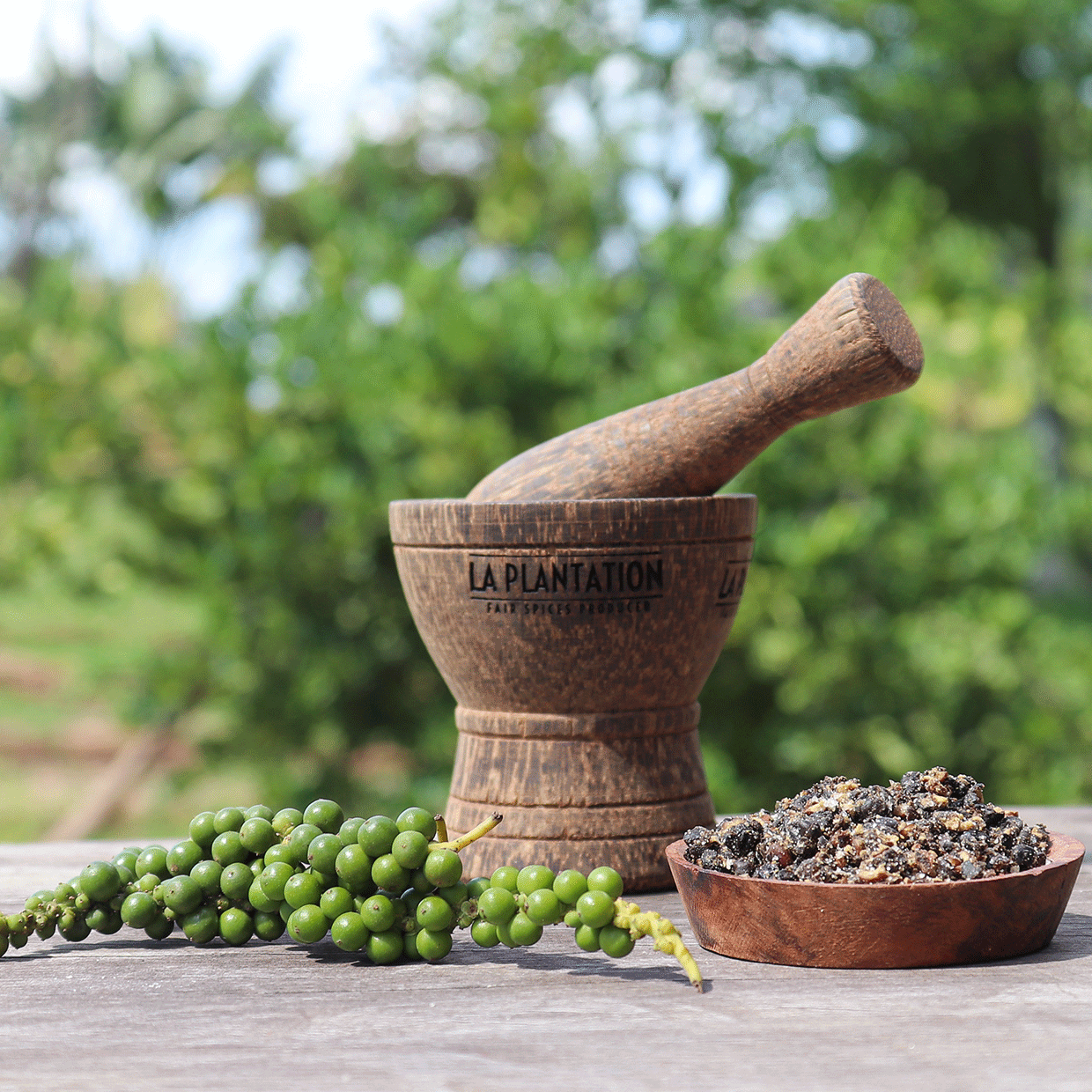
What is a Mortar?
Mortars have been used for centuries to grind and crush a variety of spices, seeds and peppers. Stone mortars from the pre-Angkorian period are on display in the museums of Phnom Penh, Takéo or Angkor Borei. They were used by shamans who prepared potions and ointments to heal their visitors. Pepper has also been used since ancient times in traditional medicine for its health benefits.
How to use a mortar?
The principle of the mortar is to place the spices or ingredients in the centre of the bowl, which will be crushed by pressing the pestle on them. This requires a certain amount of delicacy to avoid scattering the pieces of spices in your kitchen. Strength and precision, but with the pleasure of seeing the Kampot Pepper grains open up and reveal their aromas under your nose.
Which spices can be used in a mortar?
Of course Kampot Pepper is the ideal spice to use in a mortar, regardless of its colour!
Can spices be mixed in a mortar?
The mortar is the ideal utensil for concocting your own mixtures of freshly ground spices, for the preparation of your curries or homemade mixtures. Don’t hesitate to experiment with your spice combinations!
Should I wash it after use?
It is recommended not to wash wooden mortars (just wipe with a damp cloth). For other materials, follow the recommendations for use.
Do I have to eat the ground spices immediately?
The fresher a spice is ground and used, the better it retains its flavour. We therefore advise you to put only as much as you need into your mortar and pestle, so that you do not have to store ground spices that would quickly lose their organoleptic qualities.
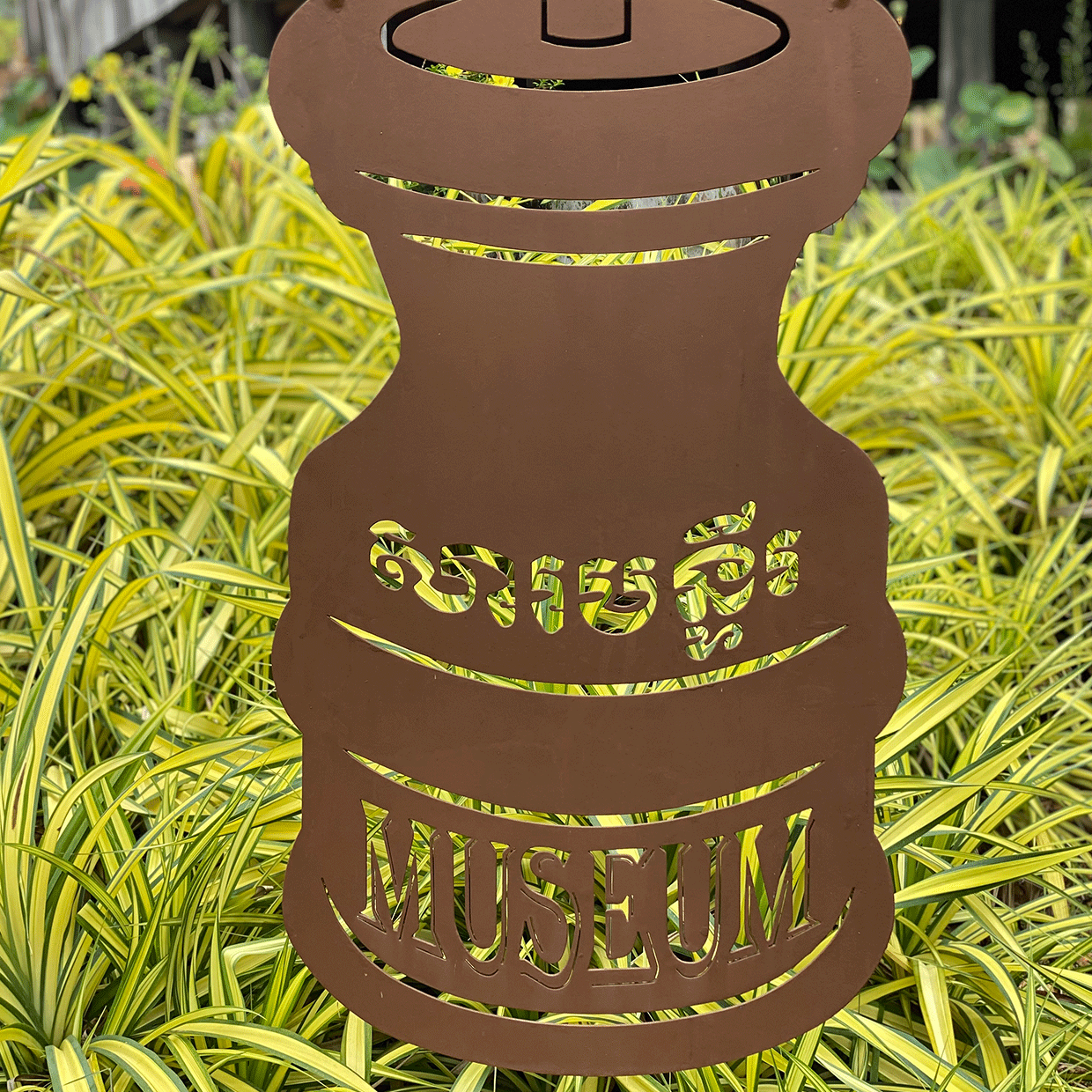
To visit: Our Pepper Mill Museum at La Plantation, Kampot
Although the first traces of real pepper mills are attested from the 16th and 17th centuries in Europe and the Middle East, the use of dry ground pepper in European cuisine and medicine dates back to the Middle Ages. At that time, pepper was crushed with a pestle in a crucible, or inside a tool called a bournachier. With the industrial revolution, Peugeot was the first company to industrialise and regulate the production of pepper mills and to offer a complete range with innovative designs, far from the first models similar to miniature coffee mills.
In our Pepper Mill Museum, a must-see when visiting our farm in Kampot, southern Cambodia, you can discover the history of the pepper mill illustrated by a collection of more than a hundred mills, from all eras and regions: from the traditional Peugeot mills, to the most futuristic, through advertising objects and tableware from the great houses. The only Pepper Mill Museum is in Kampot, in the province where the best pepper in the world grows!

